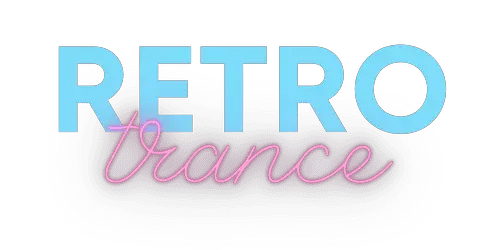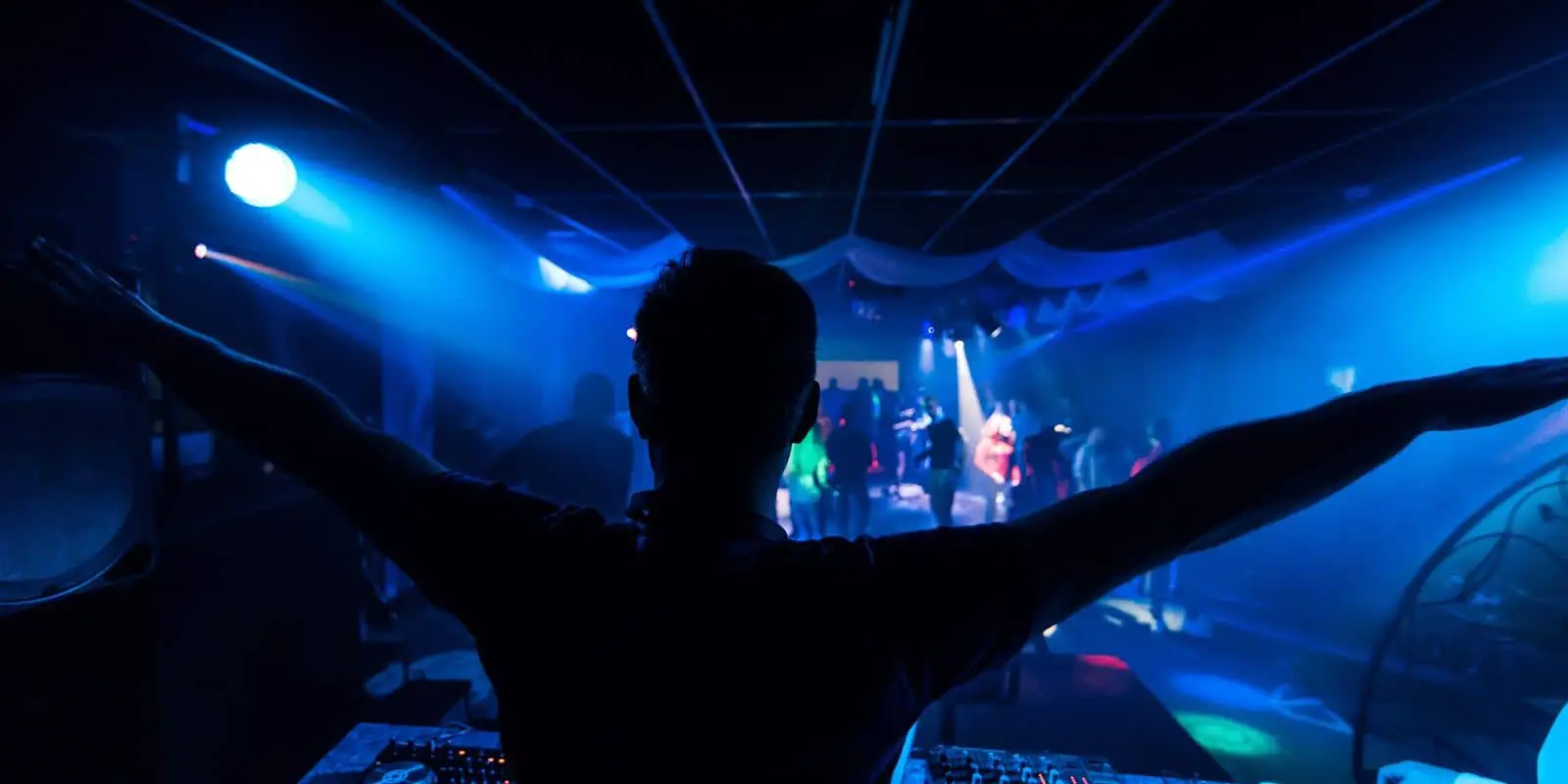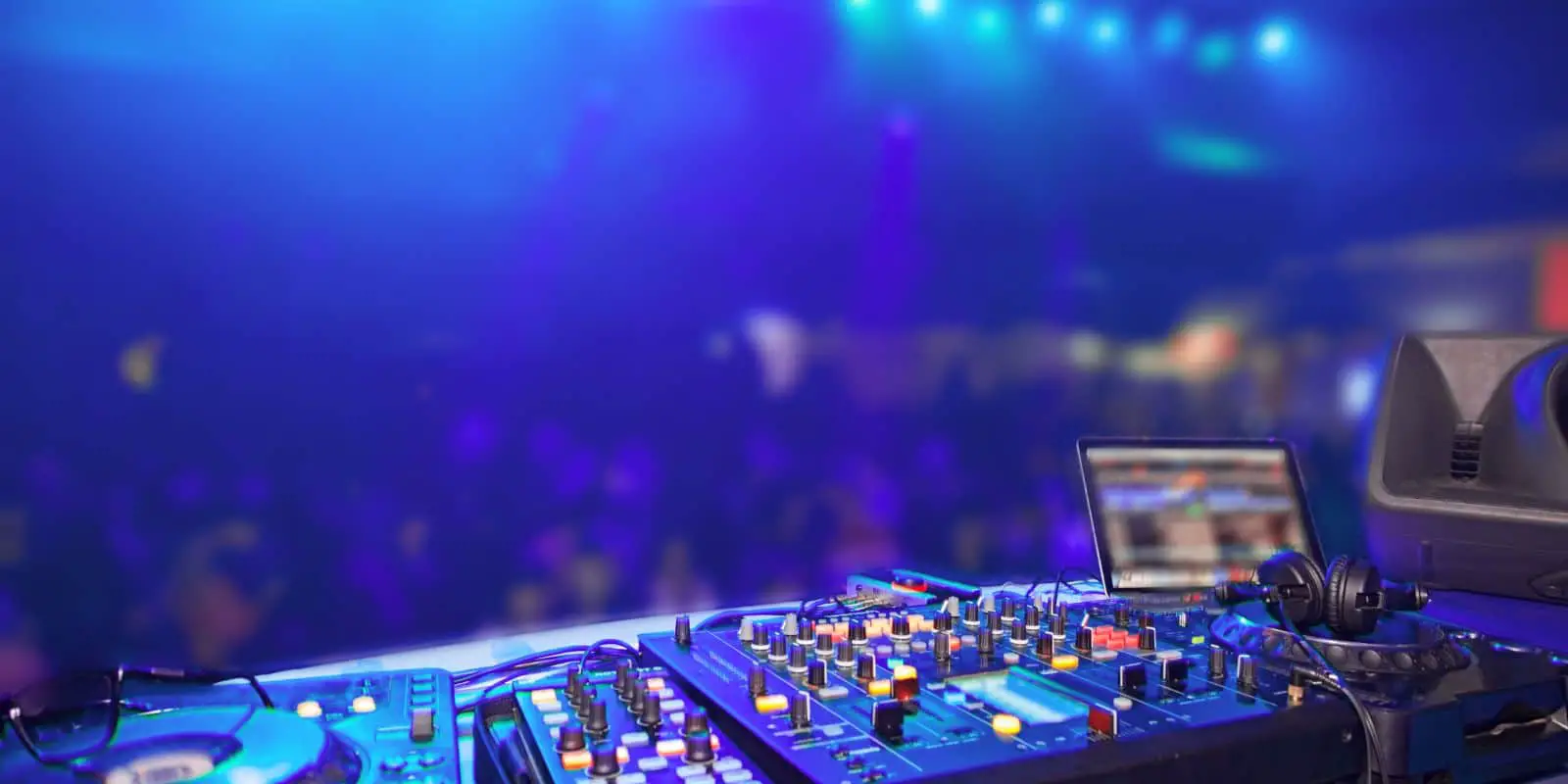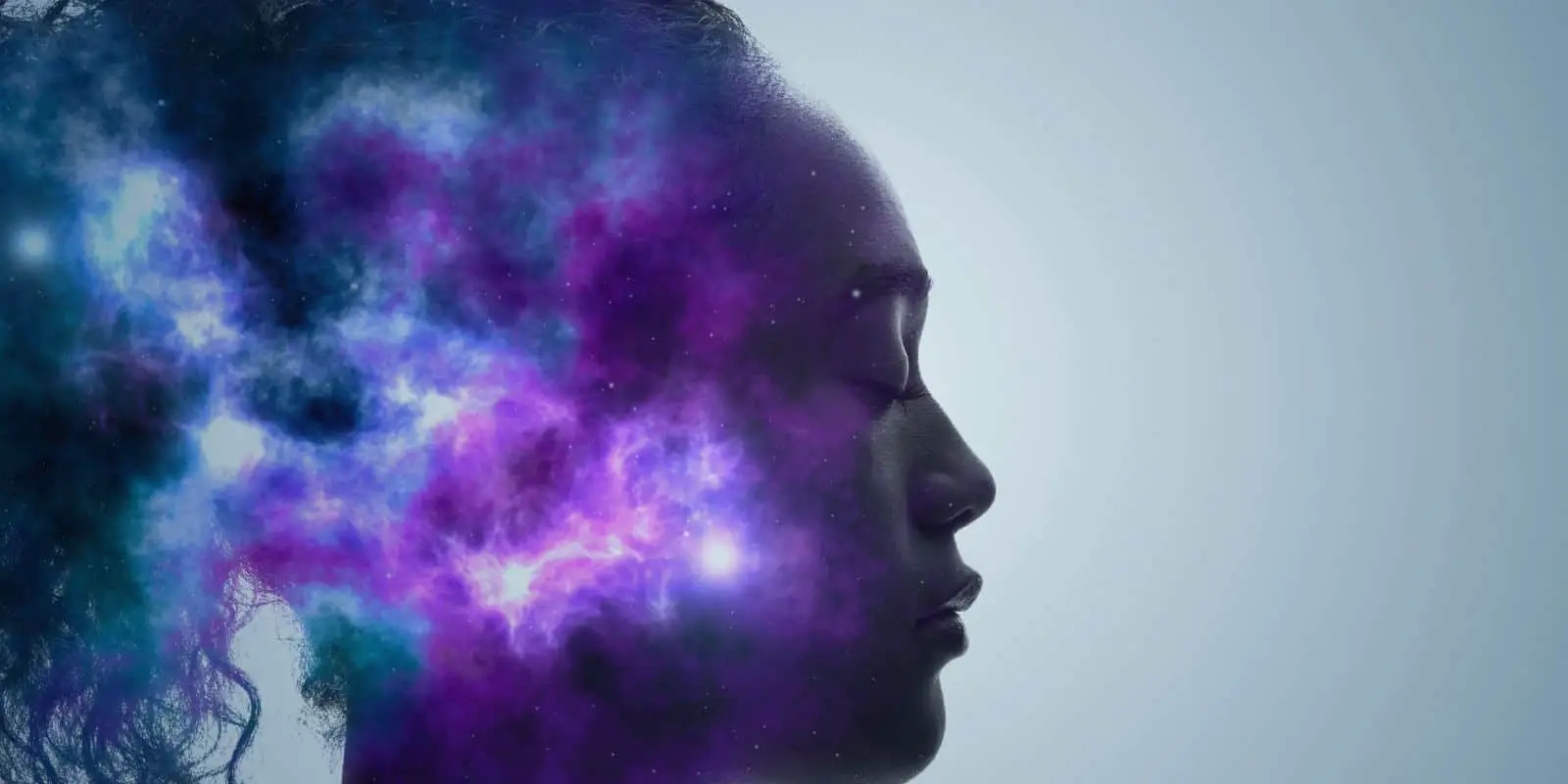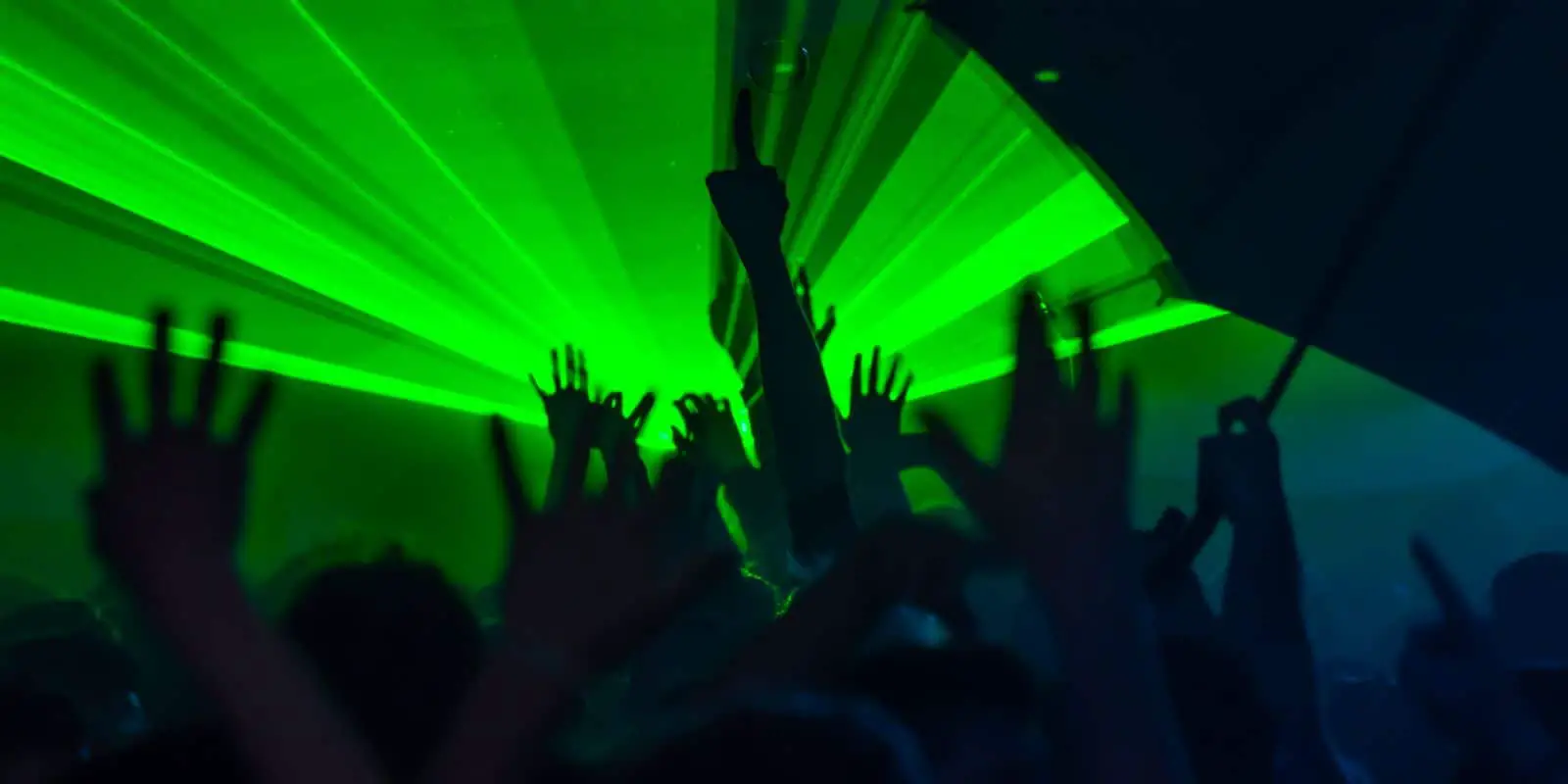Psytrance and trance are sub-genres of electronic dance music that have a lot in common but also have some distinct differences. Both genres are known for their hypnotic and repetitive beats that can transport listeners into a trance-like state. However, there are some key differences between the two that make them unique.
One of the main differences between psytrance and trance is the tempo. Psytrance tends to be faster than other forms of trance or techno music, with tempos ranging from 135 to 150 BPM, but some psytrance songs can also reach 190 BPM, 200 BPM, 210 BPM, and beyond. Trance, on the other hand, usually has a slower tempo, ranging from 120 to 140 BPM. Another difference between the two genres is their sound. Psytrance has a distinctive, energetic sound that is characterized by hypnotic arrangements of synthetic rhythms and complex layered melodies created by high-tempo riffs. Trance, on the other hand, has a more melodic and emotional sound that is characterized by its use of uplifting melodies, atmospheric pads, and dreamy vocals.
Overall, both psytrance and trance are beloved by fans of electronic dance music for their ability to transport listeners to another world through their hypnotic beats and melodies. While they share some similarities, the differences between the two genres make them unique and appealing to different audiences.
Trance vs. Psytrance
What is Trance?
Trance is a genre of electronic dance music (EDM) that originated in Germany in the early 1990s. It is characterized by a tempo of 120-140 beats per minute (BPM) and a focus on melody and emotion. Trance music typically features a four-on-the-floor beat, which means that each measure has four beats and each beat is emphasized equally. The genre is known for its uplifting, euphoric sound and often includes vocal samples or lyrics that convey positive messages.
Trance music is typically divided into sub-genres based on the style and sound of the music. Some of the most popular sub-genres of trance include:
- Progressive Trance
- Uplifting Trance
- Tech Trance
- Vocal Trance
- Acid Trance
What is Psytrance?
Psytrance, also known as psychedelic trance, is a sub-genre of trance that originated in the early 1990s in Goa, India. It is characterized by a faster tempo than traditional trance music, typically ranging from 135 to 150 BPM, although some songs can reach speeds of 190BPM. Psytrance is known for its hypnotic, repetitive sound and complex layered melodies created by high-tempo riffs.
Psytrance is also divided into sub-genres based on the style and sound of the music. Some of the most popular sub-genres of psytrance include:
- Goa Trance
- Full On
- Dark Psy
- Forest Psy
- Hi-Tech
In summary, the main difference between trance and psytrance is the tempo and style of the music. Trance music is typically slower and focuses on melody and emotion, while psytrance is faster and has a more hypnotic, repetitive sound. Both genres have their own sub-genres and unique characteristics that make them popular among EDM fans.
Musical Characteristics
When it comes to the musical characteristics of psytrance and trance, there are a few key differences that set them apart. In this section, we will discuss the tempo and BPM, melodic structure, and instrumentation of each genre.
Tempo and BPM
One of the most significant differences between psytrance and trance is the tempo and BPM. Psytrance tends to be faster than other forms of trance or techno music, with tempos ranging from 135 to 150 BPM. Some psytrance songs can even reach 190BPM. On the other hand, trance typically has a slower tempo, ranging from 120 to 140 BPM.
Melodic Structure
Another difference between psytrance and trance is the melodic structure. Psytrance is characterized by hypnotic arrangements of synthetic rhythms and complex layered melodies created by high-tempo riffs. The melodies in psytrance tend to be repetitive and hypnotic, creating a trance-like state for the listener. In contrast, trance music typically features more complex melodic structures with a focus on uplifting and emotional themes.
Instrumentation
The instrumentation used in psytrance and trance music also varies. Psytrance often features a heavy use of synthesizers, creating a futuristic and otherworldly sound. It also incorporates various percussive elements, including drums, cymbals, and other percussion instruments. In contrast, trance music features a broader range of instruments, including pianos, guitars, and other acoustic instruments.
In conclusion, psytrance and trance have distinct musical characteristics that set them apart from each other. While psytrance tends to be faster and feature more repetitive, hypnotic melodies, trance music typically has a slower tempo with more complex melodic structures and a broader range of instrumentation.
Cultural Differences
Origins and Evolution
Psytrance and trance are two distinct genres of electronic music with different cultural origins and evolution. Psytrance emerged from the Full Moon parties held on the beaches of Goa, India. It was incubated within Goa trance scenes flourishing around the world in the mid-1990s. Psytrance culture has since evolved into a global phenomenon with its unique sound, style, and sub-genres.
Trance, on the other hand, originated in Europe in the early 1990s and was influenced by techno, house, and ambient music. It has since evolved into several sub-genres, including uplifting trance, progressive trance, and acid trance. Trance music is characterized by its melodic and emotional sound, and its high-energy beats.
Audience and Venues
The audience for psytrance and trance music is different, and so are the venues where the music is played. Psytrance is often associated with outdoor festivals, such as Burning Man, Boom, and Ozora. These festivals are known for their spiritual and psychedelic atmosphere, and their focus on community, art, and nature. Psytrance music is often played at night, and the experience is enhanced by the use of visual effects, lighting, and art installations.
Trance, on the other hand, is often associated with indoor clubs and parties. Trance music is played in a more intimate setting, and the focus is on the music and the dancing. Trance music is often played at a higher volume than psytrance, and the beats are more repetitive and hypnotic.
In conclusion, psytrance and trance are two distinct genres of electronic music with different cultural origins, evolution, and audience. Psytrance is associated with outdoor festivals, spiritual and psychedelic atmosphere, and community, art, and nature. Trance is associated with indoor clubs and parties, intimate setting, and high-energy beats.
DJing and Production
When it comes to DJing and production, there are some key differences between psytrance and trance that are worth noting. In this section, we’ll explore these differences and highlight some of the unique approaches and techniques that are used in each genre.
Mixing and Track Selection
One of the key differences between psytrance and trance is the way that tracks are mixed and selected. In psytrance, DJs tend to favor long, seamless mixes that create a hypnotic, continuous flow of music. This is achieved by carefully selecting tracks that have similar tempos, keys, and energy levels, and using a variety of mixing techniques to smoothly transition between them.
Trance DJs, on the other hand, tend to favor more dramatic, high-energy mixes that are designed to build and release tension over the course of a set. This is achieved by selecting tracks that have a strong melodic or emotional impact, and using a variety of mixing techniques to create powerful drops, breakdowns, and buildups.
Sound Design and Production Techniques
Another key difference between psytrance and trance is the way that tracks are produced and designed. In psytrance, producers tend to favor complex, layered sounds that create a sense of depth and texture in the music. This is achieved by using a variety of synthesis techniques, such as FM, granular, and wavetable synthesis, and by layering multiple sounds together to create rich, complex textures.
Trance producers, on the other hand, tend to focus more on melody and harmony, and often use simple, straightforward sounds that are designed to be catchy and memorable. This is achieved by using a variety of synthesis techniques, such as subtractive and additive synthesis, and by carefully selecting sounds that complement and enhance the melody and harmony of the track.
Overall, while there are certainly some differences between psytrance and trance when it comes to DJing and production, there are also many similarities. Both genres require a deep understanding of music theory, sound design, and mixing techniques, and both offer a rich and rewarding creative experience for DJs and producers alike.
Conclusion
After exploring the differences between psytrance and trance, we can conclude that these two genres of music are quite distinct from each other. Psytrance is characterized by hypnotic arrangements of synthetic rhythms and complex layered melodies created by high-tempo riffs. In contrast, trance music is more focused on uplifting melodies, atmospheric soundscapes, and emotional vocals.
One of the most significant differences between these two genres is the tempo. Psytrance tends to be faster than other forms of trance or techno music, with tempos generally ranging from 135 to 150 BPM. Some psytrance songs can also reach 190BPM. Trance music, on the other hand, typically has a slower tempo, ranging from 120 to 140 BPM.
Another key difference between psytrance and trance is the use of instrumentation. Psytrance often features synthetic sounds and heavily processed samples, while trance music incorporates more organic sounds like pianos, guitars, and orchestral instruments. Additionally, psytrance tends to use more complex and experimental sound design, while trance music is more focused on creating a euphoric atmosphere.
Overall, both psytrance and trance have their unique characteristics and appeal to different audiences. Some people may prefer the energetic and hypnotic sounds of psytrance, while others may enjoy the emotional and uplifting melodies of trance music. Regardless of personal preference, both genres of music have a rich history and continue to evolve and innovate in exciting ways.
